Taxonomists describe thousands and thousands of new extant (living) species every year, and 2023 has already seen some amazing new discoveries.
Sometimes, these creatures are completely new ones that have never been studied by scientists before, and sometimes it's a case of a species and its subspecies being examined more closely – and it is agreed upon that they ought to be separate species.
And paleontologists are also describing new species that they've studied from bones, fossils, amber and even fossilised dung.
Sometimes species are named after their characteristics or the region in which they are found. However, sometimes scientists like to have a bit more fun and species have been named after celebrities, including over 40 species named after Sir David Attenborough.
What is a species?
The concept of a species is arguably the most fundamental in biology. It is surprising, then, that it has caused scientists so much head-scratching. Charles Darwin wanted to do away with the concept altogether, considering it to be defining the indefinable.
The most used definition centres on interbreeding, stating that a species is a group within which two individuals can breed to produce fertile offspring.
In general, this definition holds water, but it can lead to surprising groupings. For example, due to climate change, polar bears and grizzly bears have been coming into contact and producing fertile young. Should we consider these bears one species?

The focus on sex also leaves out organisms that reproduce asexually. Other definitions consider ancestry, though where the lines should be drawn is unclear – are we the same species as our water-dwelling ancestors? Further definitions focus on ecology, geography and physiology.
Answered by Leoma Williams.
How many species go extinct each day?
This is impossible to answer precisely. New species appear all the time and can go extinct before they’ve even been described, and estimates as to the rates of extinction very enormously. One approach to working it out would be to first take the yearly ‘natural extinction rate’ – the rate at which species would go extinct if we humans weren’t around. This is often stated as one per million (or 0.00001%) per year – but again, opinion on this varies.
Experts now believe that current rates of extinction have soared to between 1,000 and 10,000 times this natural rate. So, take the natural rate as one per million and that brings current rates to between 0.01 and 0.1% per year. There are said to be 1.6 million described species on our planet, but some experts believe there could be as many as 100 million. So, work out the worse- case scenario maths and the daily rate of extinction comes in at 273 species per day.
We are said to be in the midst of a sixth extinction. Unlike previous mass extinction events, which were the result of climatic shifts, geological activity and a very large asteroid, responsibility for the current losses is down to us.
Answered by Sarah McPherson.
How many plant species are there?
According to Kew Gardens, there are 342,953 vascular plant species (plants that can transport nutrients and water). Then there are plants lacking a vascular system, such as mosses and lichen, which account for 22,750 species. Finally, algae or seaweeds number about 22,000.
So, adding these together makes a total of 387,703 recognised plant species – but with more discovered each year, the number is steadily rising.
Answered by David Hamilton.
Newly species of 2023
Hipposideros kingstonae
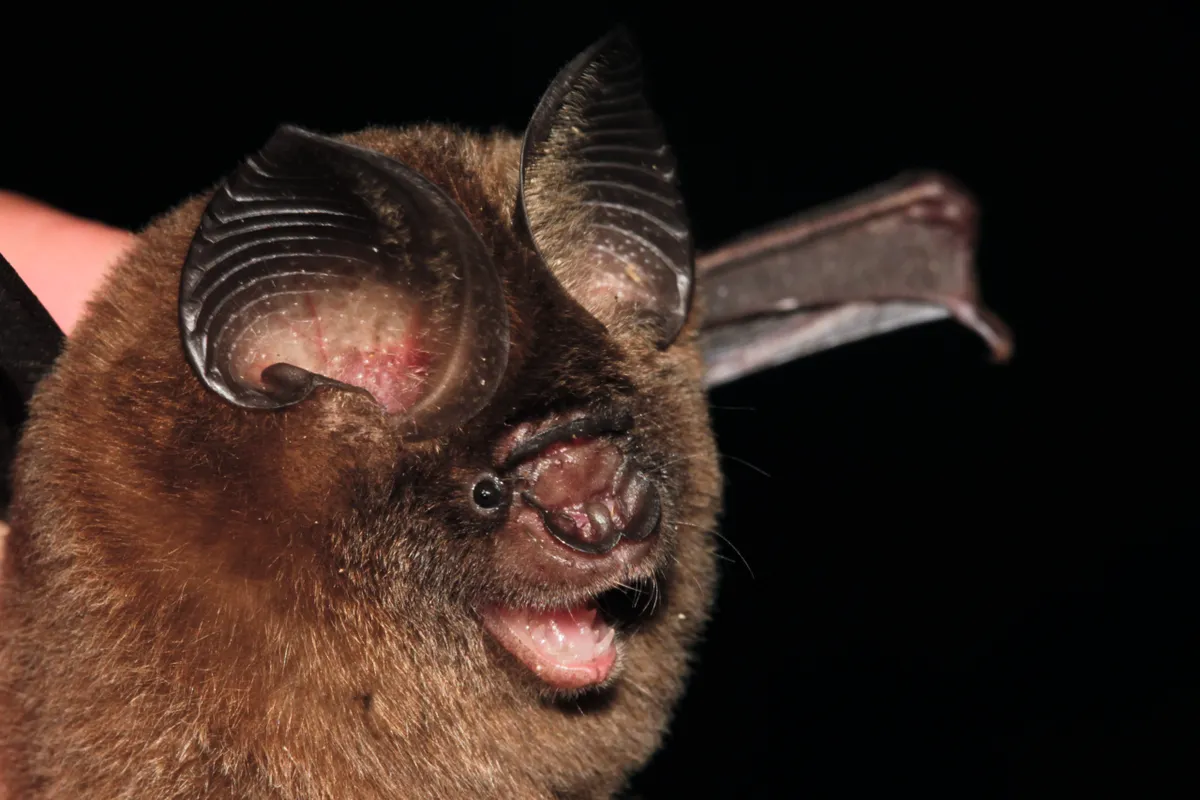
This furry face belongs to a new member of a group of about 70 species known as roundleaf bats, so called because of their approximately circular nasal apparatus. H. kingstonae can be distinguished from its relatives on the basis of the structure of its nose-leaf and the pitch of its vocalisations.
The species was trapped during bat surveys of rainforests in peninsular Thailand and Malaysia. Other specimens have been identified in collections from Borneo, where it has probably been mistaken for a similar, more common species.
The species is named in honour of Tigga Kingston, a bat biologist at Texas Tech University, who is the founder and chair of the Southeast Asian Bat Conservation Research Unit and who collected some of the first specimens.
DiCaprio’s snail-eating snake (Sibon irmelindicaprioae), Panama and Colombia

A tree-dwelling species, DiCaprio’s snail-eating snake (Sibon irmelindicaprioae) is one of five new snail-eating snakes described by scientists. The paper’s authors have advised that the species is classified as Near Threatened, as its distribution includes many large areas with unspoiled forest. Although some of its habitat has been converted to pasture, the species is probably not declining fast enough to qualify for a threatened category.
The newly described species is known from 16 localities in Panama and Colombia. One of these is an isolated population in the Cordillera Oriental mountain range of Colombia, which occurs at higher elevations and has a slightly different pattern, and which may turn out to be a different species upon further genetic analysis.
The specific epithet ‘irmelindicaprioae’ honours Irmelin DiCaprio, the mother of the actor and conservationist Leonardo DiCaprio who chose the name.
Read the full paper in ZooKeys.
Stream treefrog (Hyloscirtus tolkieni), Ecuador
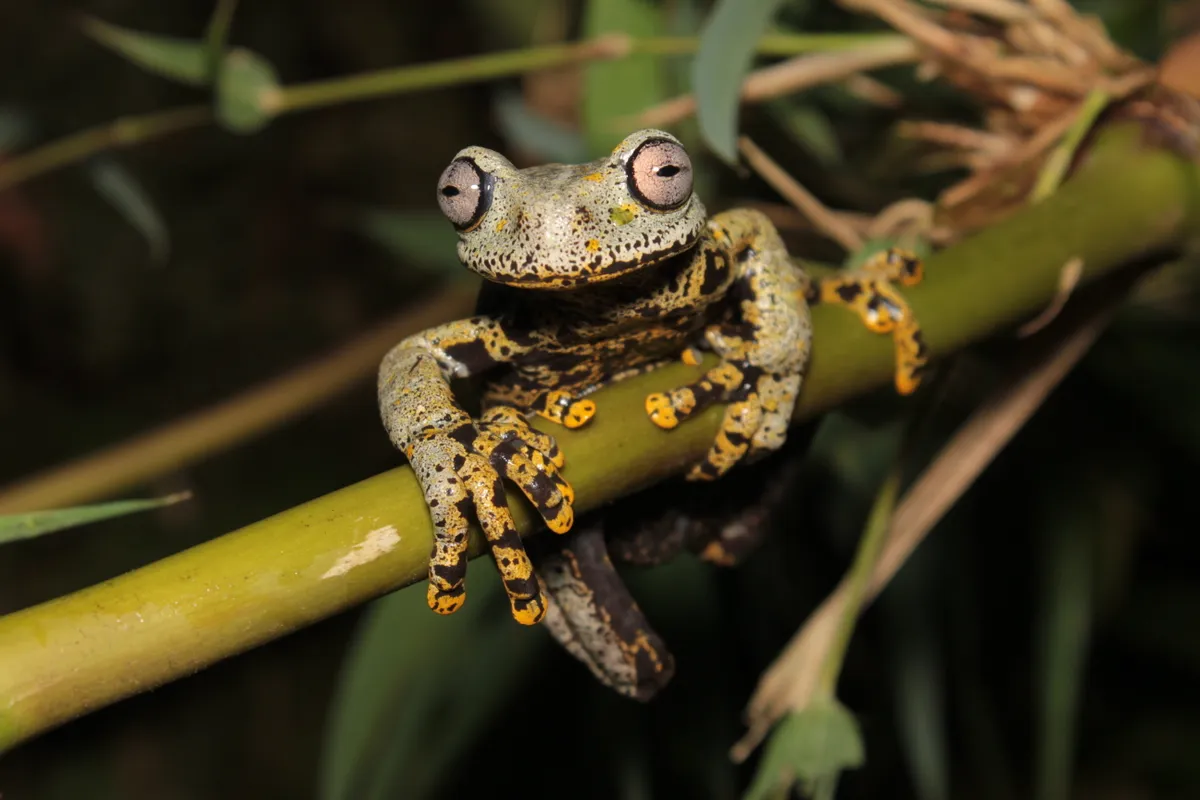
Just a single individual of Hyloscirtus tolkieni, a stream treefrog, has been found and captured, despite focused searches during the initial fieldwork. However, this one individual was enough for the authors of this paper to be able to describe it as a new species. This is because it was distinct enough in its morphology from other species in the Hyloscirtus genus.
With only one individual found so far, the species’ known distribution is limited to the place where it was found and captured – the southern eastern slopes of the Cordillera Oriental, a chain of Andean mountains in the Río Negro-Sopladora National Park of Ecuador.
This genus of treefrogs is called stream treefrogs as they are usually found near streams, in which they breed. For this species, the specific epithet ‘tolkieni’ is named in honour of the author J.R.R.Tolkien, known for his works such as The Hobbit and The Lord of the Rings. The scientists say that the colours of the newly described species “evoke the magnificent creatures that seem to only exist in fantasy worlds”.
Read the full paper in ZooKeys.
Bent-toed gecko (Cyrtodactylus santana), Democratic Republic of Timor-Leste

The world’s fourth youngest country Democratic Republic of Timor-Leste, occupying the eastern half of the island of Timor which is part of the Lesser Sunda Islands, has had its first species of bent-toed gecko described by scientists.
The gecko was first found during the day in the Lene Hara cave in Nino Konis Santana National Park, and initially evaded efforts by the scientists to catch it. Returning at night, as bent-toed geckos are nocturnal and would be less skittish then, the scientists were able to catch ten of the geckos. Genetic and morphological analysis confirmed that it was an undescribed species.
This is the first species of bent-toed gecko described by scientists in the Democratic Republic of Timor-Leste, which has had bent-toed geckos seen there before, but never described to species level. Limited biological surveying has taken place in Timor-Leste due to the violence and unrest prior to its independence, so scientists believe that there the country may have more undescribed species to be found. The species was found in the Lene Hara cave in Nino Konis Santana National Park.
The expedition which caught the geckos also found a number of plants and crabs that are being analysed and may prove to also be undescribed species.
The specific epithet ‘santana’ is derived from the Nino Konis Santana National Park where it was found, and which is named in honour of the freedom fighter Nino Konis Santana who was born within the boundaries of the park.
Read the full paper in ZooKeys.
Gymnures (Podogymnura intermedia and P. minima), Philippines

With its golden-brown fur and pointed nose, P. intermedia looks a lot like a shrew, but belongs to a group of mammals known as gymnures. They are also known as hairy hedgehogs or moonrats, and are closely related to hedgehog.
Like all other members of the Podogymnura genus, P. intermedia is found in the Philippines. It was found during a survey on the mountains of eastern Mindanao, where there had never been surveys for mammals before.
“One of the highly distinct things about the Philippines is that every isolated mountain or little mountain range where we have done surveys is that each and every one has several species that occur nowhere else - not even on adjacent mountain ranges on the same island,” says co-author Laurence Heanery, Negaunee Curator of Mammals at the Field Museum in Chicago. “If you don't go look, you don't know what is there.”
The specific epithet ‘intermedia’ is derived from the Latin word ‘intermedium’, translating to ‘intermediate’. It was used for this new hedgehog-like as the species is intermediate in size between P. auroespinula (the largest member of the genus) and the other two species, P. truei and P. minima.
It is also intermediate in the amount of golden colour in its fur. “P. truei and P. minima have dark fur with tiny golden sparkles, P. intermedia has golden streaks in the fur, and P. aurospinula has long golden hairs mixed into its pelage,” says Heaney. “They are all pretty cute animals.”
It’s hoped that further surveys can be undertaken to learn more about the species, but with preparations for undertaking them, doing the fieldwork in remote areas and then analysing the data all being very time-consuming, it’s unknown when these will be able to take place.
Although indigenous people and conservation groups are hoping to preserve their homelands, the species may be threatened by habitat destruction and degradation if mining and agriculture expand in the area, as well as building roads to increase access.
In the same paper, the authors also elevated P. minima from a subspecies of P. truei to species level, as their genetic and anatomical analysis of it found that it was distinct. The paper brings the number of Podogymnura species up to four – doubling the number of known species in that genus – all of which are endemic to the Philippines.
Read the paper in Zootaxa.
Gekko mizoramensis
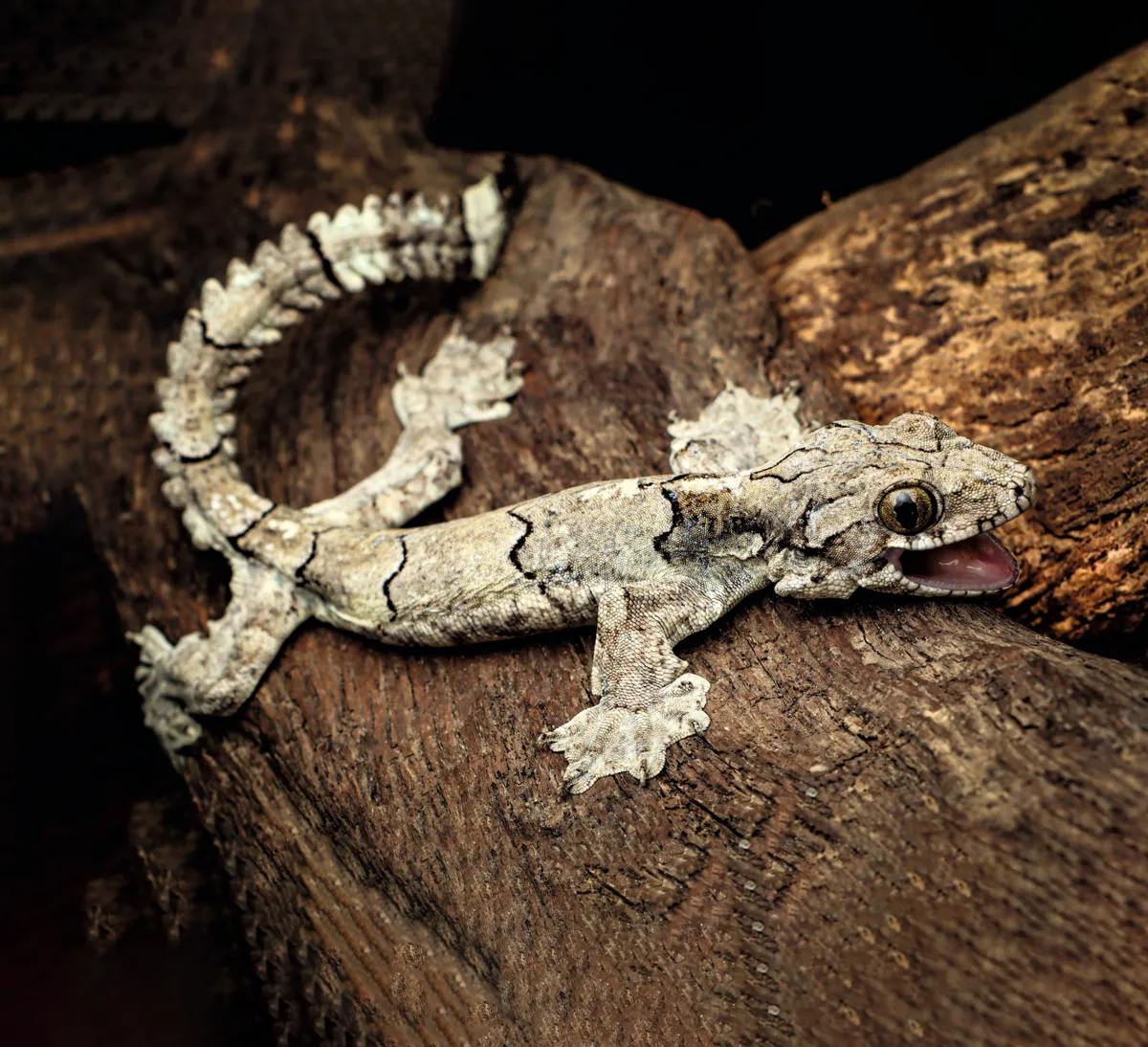
Parachute geckos are nocturnal, arboreal lizards characterised by the enlarged skin flaps that fringe their head, trunk, legs and tail. These flaps serve two purposes. By eliminating shadows cast by the body, they help disguise the reptiles as they sit motionless and flush against the substrate. But they also work as parachutes, allowing the geckos to glide between trees.
Until this discovery, 13 species of parachute geckos were known to science, all from Aouth and South East Asia. So far, this species is known only in north-east India and Bangladesh, where it is found in trees around human habitations.
The name honours the north-east Indian state of Mizoram where the new species was discovered. The biologists who described it have proposed the English name, Mizoram parachute gecko. SB
Capropodocerus kamaitachi
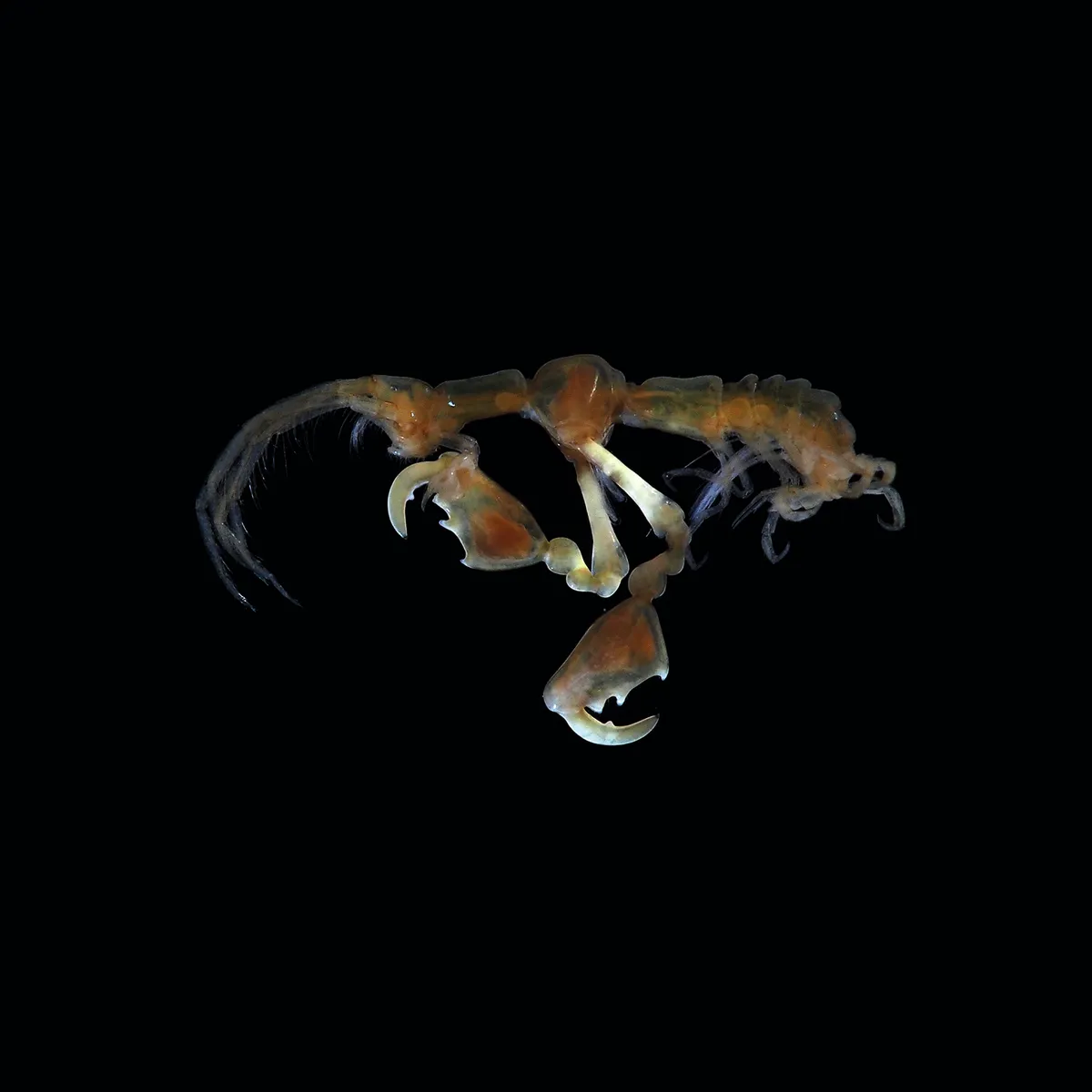
It’s a 5.4mm-long amphipod crustacean, a relative of the more familiar sandhopper. It boasts a pair of enormous clawed appendages that look like they’re built for opening tins. These are gnathopods, used by amphipods to manipulate their food. Males also use them to grasp mates.
It was collected from the seabed at a depth of about 850m off the east coast of Japan’s Miyagi Prefecture.
It’s sufficiently different to have been assigned a new genus. Capropodocerus is an amalgamation of two amphipod family names – Caprellidae and Podoceridae – on the basis that its front half looks like the former and its back half the latter. The name kamaitachi derives from mythical Japanese ghosts that look like a weasel brandishing a sickle.
Venomius tomhardyi

This distinctive orb-weaving spider is sufficiently different from other members of its family to be assigned a new genus of its own. Though closely related to the leaf-rolling spiders, which hide in a curled- up leaf built into the centre of their web, this species instead constructs a unique silk-lined retreat.
The spider was found in coastal forests in Tasmania, where it builds its web only at night and dismantles it during the day. The researchers subsequently found further specimens languishing in museum collections of un-named species taken from the coast of the south Australian mainland.
The pattern of black spots on the spider’s abdomen reminded the researchers of the face of the Marvel Comics character Venom, played by the actor Tom Hardy in the 2018 film adaptation. Stuart Blackman
Kodama jujutsu
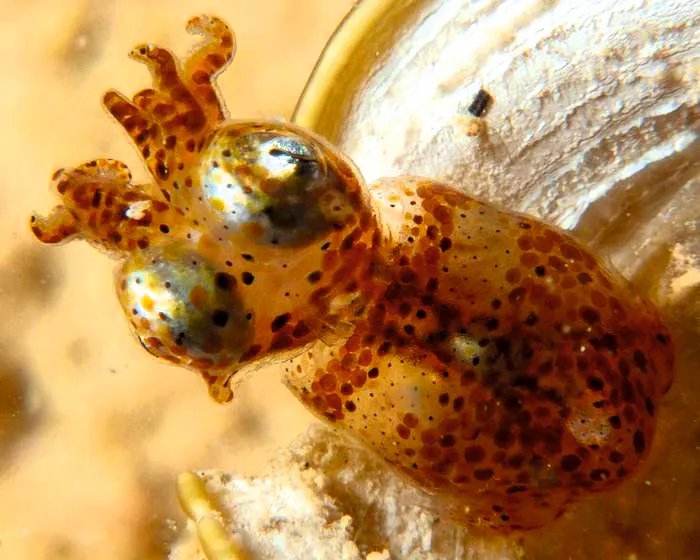
This is one of two new species of pygmy squid, both just a centimetre or so in length. They can be distinguished by the number of suckers on their arms, among other things.
Both species were found close to the coastline of Okinawa Island in Japan’s Ryukyu archipelago. Kodama jujutsu inhabits coral reefs and seagrass beds where it has been observed hunting shrimp after sunset.
The genus, Kodama, is the name of a plump tree spirit that symbolises healthy forests in Japanese folklore. The specific name, jujutsu, comes from the martial art of the same name, in which opponents are grappled into submission in much the same way that the squid overpowers its prey. Stuart Blackman
Ngoc Linh crocodile newt

This beast is the 39th species of crocodile newt to be described by science. About 6cm in length excluding the tail, it is distinguished from its closest relatives by its coloration and the arrangement of its knob-like glandular warts.
Seen only in the Ngoc Linh Nature Reserve in the Central Highlands of Vietnam, at elevations between 1,800m and 2,300m, individuals were found hiding under rotten logs or in moss close to water.
The scientific name Tylototriton ngoclinhensis is derived from the Greek words tulos (swelling) and Triton (the half-man, half-fish god of the sea), plus the location of its discovery. In which case, the name translates as something along the lines of ‘lumpy merman from Ngoc Linh’.
Pinanga subterranea
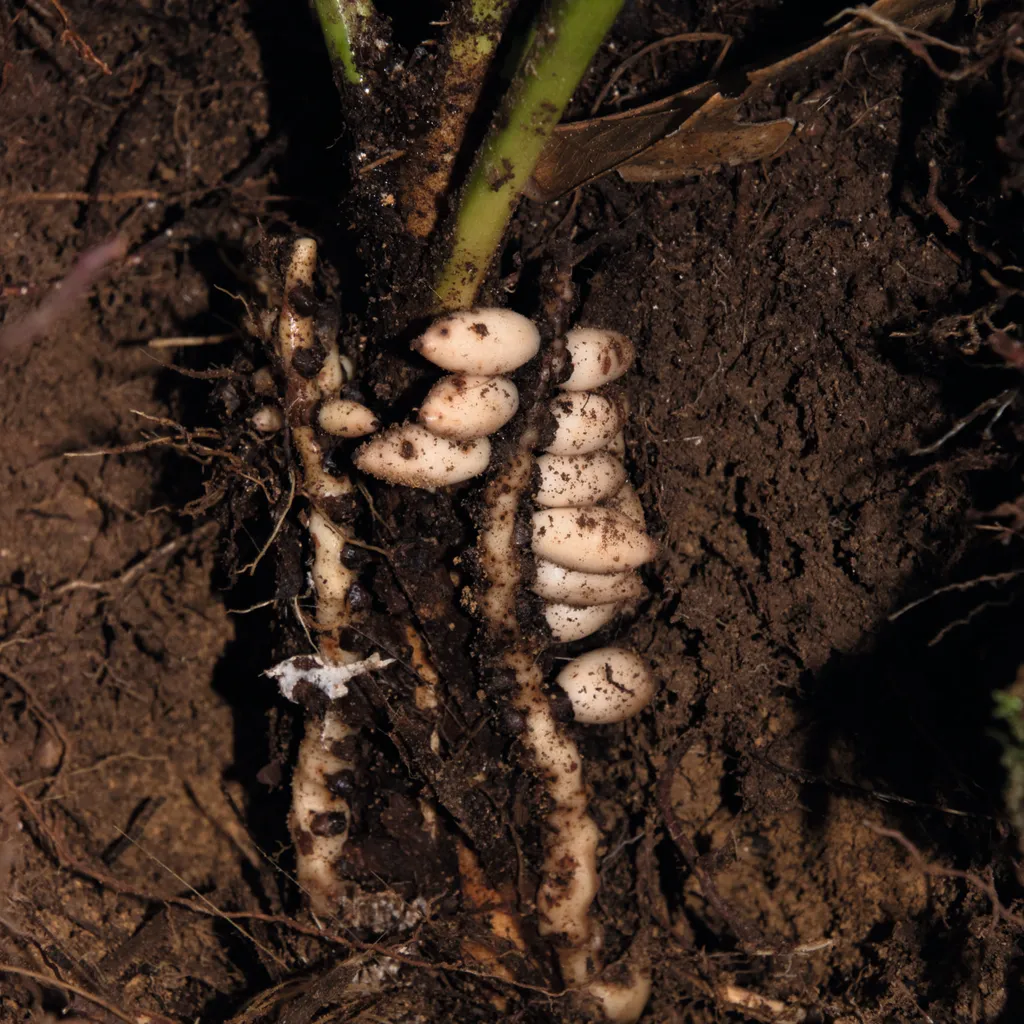
This diminutive new species of palm is so inconspicuous that even the mature plants can be easily mistaken for seedlings. And yet this is a remarkable plant – its flowers and fruits are produced underground.
The species has been overlooked by science despite growing on forest floors throughout Borneo. Its bright red, soft, sweet fruits are prized by bearded pigs, which are thought to disperse the seeds. The scientists have no idea how the plant is pollinated.
The specific epithet alludes to the palm’s subterranean habits. The stem exhibits what the scientists call ‘saxophone growth’. After germination, it grows straight downwards before doing a U-turn towards the surface, but only the leaves emerge above ground.
